Rising Demand for Commercial Vehicles
The increasing demand for commercial vehicles is a primary driver of the Commercial Vehicle Steering Column Market. As economies expand, the need for transportation of goods and services rises, leading to a surge in commercial vehicle production. According to industry reports, the commercial vehicle segment is projected to grow at a compound annual growth rate of approximately 4.5% over the next few years. This growth is likely to be accompanied by a corresponding increase in the demand for advanced steering column systems, which are essential for vehicle maneuverability and safety. Consequently, manufacturers are focusing on enhancing the design and functionality of steering columns to meet the evolving needs of the commercial vehicle sector.
Growth of E-commerce and Logistics Sector
The growth of the e-commerce and logistics sector is significantly influencing the Commercial Vehicle Steering Column Market. As online shopping continues to gain traction, the demand for delivery vehicles is surging. This trend necessitates the production of more commercial vehicles equipped with advanced steering systems to ensure efficient navigation and handling in urban environments. Industry analysts project that the logistics sector will expand at a rate of approximately 5% annually, further driving the need for reliable and responsive steering columns. Consequently, manufacturers are focusing on developing steering solutions that cater to the unique demands of the logistics industry, thereby enhancing their market presence.
Regulatory Compliance and Safety Standards
Regulatory compliance and safety standards are pivotal in the Commercial Vehicle Steering Column Market. Governments worldwide are implementing stringent regulations to enhance vehicle safety and reduce accidents. These regulations often mandate the incorporation of advanced steering systems that meet specific safety criteria. As a result, manufacturers are compelled to innovate and upgrade their steering column designs to comply with these regulations. The market is witnessing a shift towards steering columns that not only meet safety standards but also improve overall vehicle performance. This trend is likely to drive investments in research and development, as companies seek to create steering solutions that align with regulatory requirements while also appealing to consumers.
Technological Advancements in Steering Systems
Technological advancements play a crucial role in shaping the Commercial Vehicle Steering Column Market. Innovations such as electronic power steering (EPS) and advanced driver-assistance systems (ADAS) are becoming increasingly prevalent in commercial vehicles. These technologies not only improve vehicle handling and fuel efficiency but also enhance safety features, which are paramount in commercial applications. The integration of smart technologies into steering systems is expected to drive market growth, as manufacturers strive to offer more sophisticated solutions. Reports indicate that the adoption of EPS in commercial vehicles is anticipated to increase significantly, potentially reaching a market share of over 30% by 2026, thereby influencing the steering column market positively.
Focus on Fuel Efficiency and Emission Reduction
The focus on fuel efficiency and emission reduction is becoming increasingly critical in the Commercial Vehicle Steering Column Market. As environmental concerns rise, manufacturers are under pressure to develop vehicles that consume less fuel and produce lower emissions. Steering columns play a vital role in vehicle dynamics, influencing fuel efficiency. Innovations in steering technology, such as lightweight materials and optimized designs, are being explored to enhance performance while reducing environmental impact. Reports suggest that the market for fuel-efficient commercial vehicles is expected to grow, with a projected increase in demand for steering systems that contribute to overall vehicle efficiency. This trend is likely to drive investments in sustainable steering column technologies.


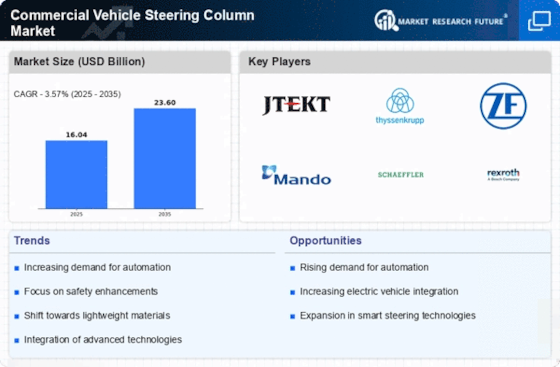
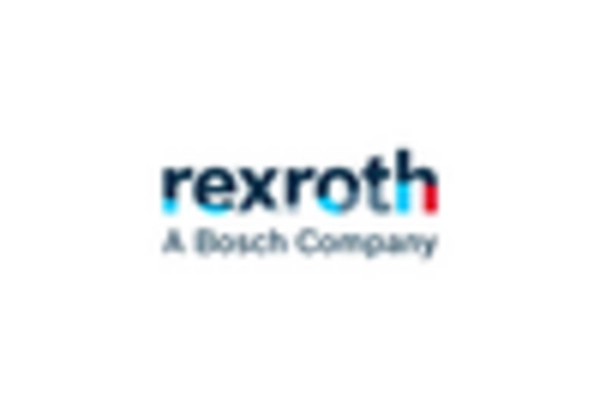
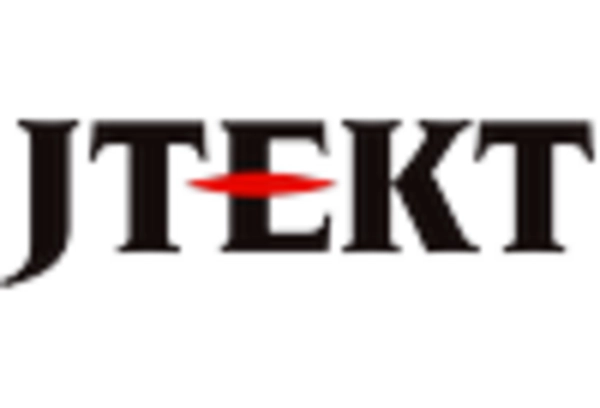
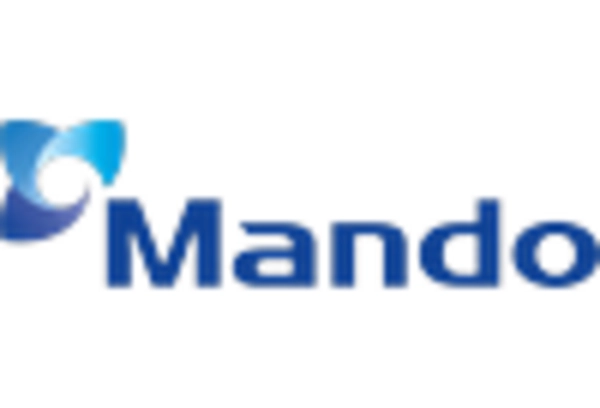
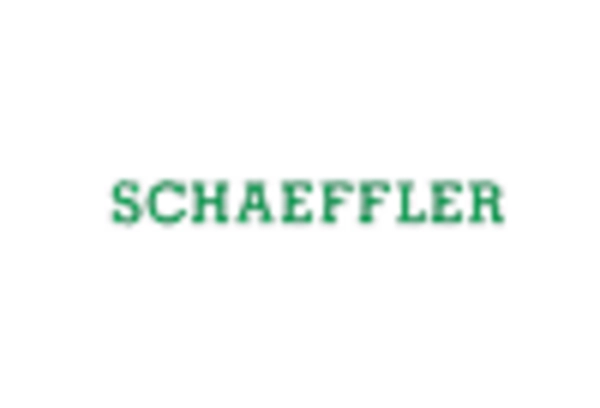

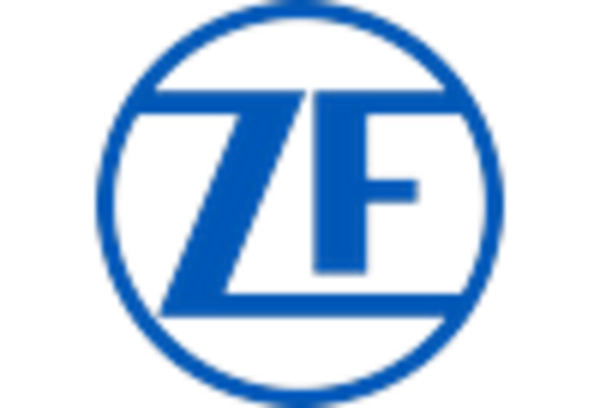








Leave a Comment